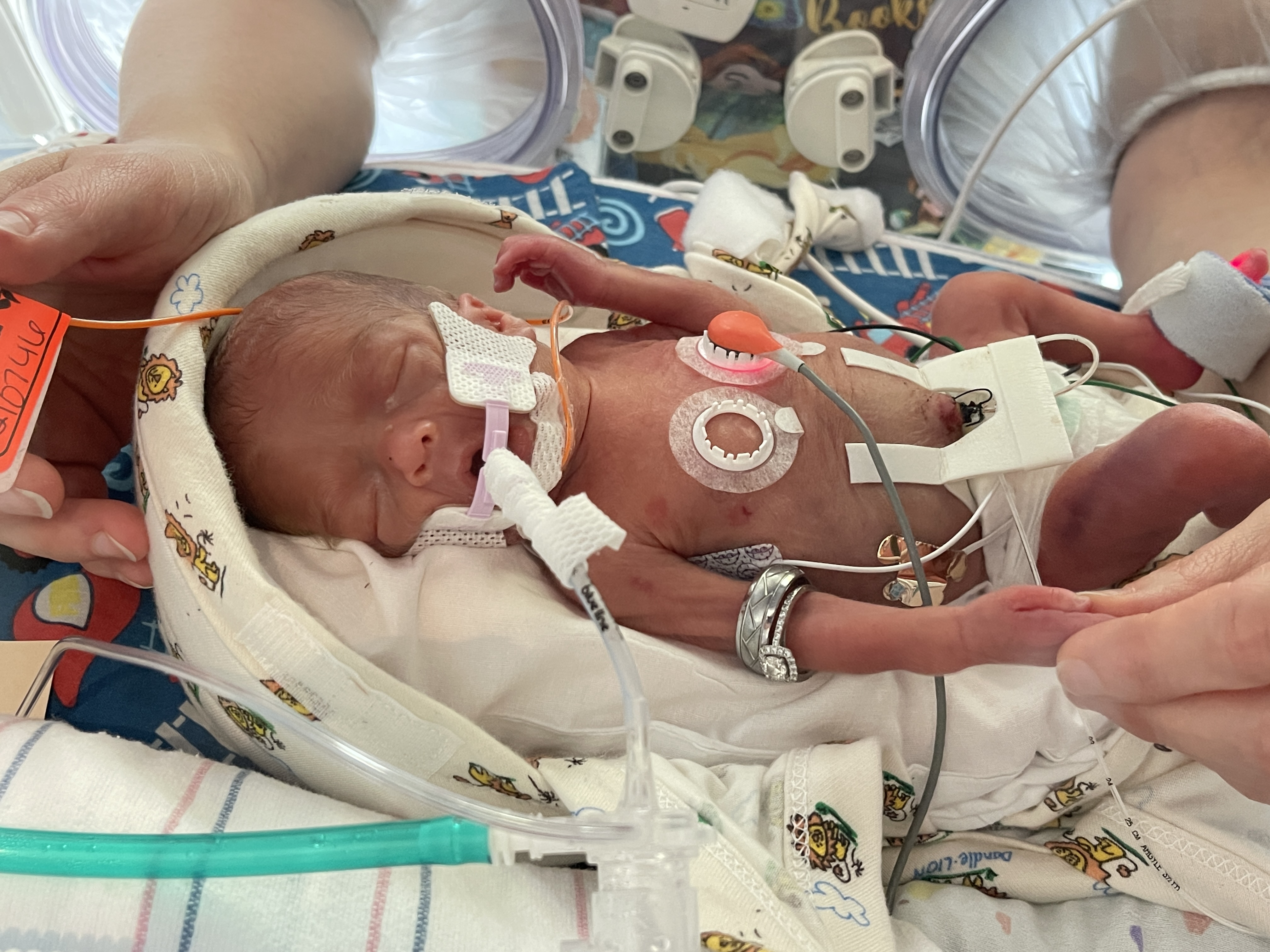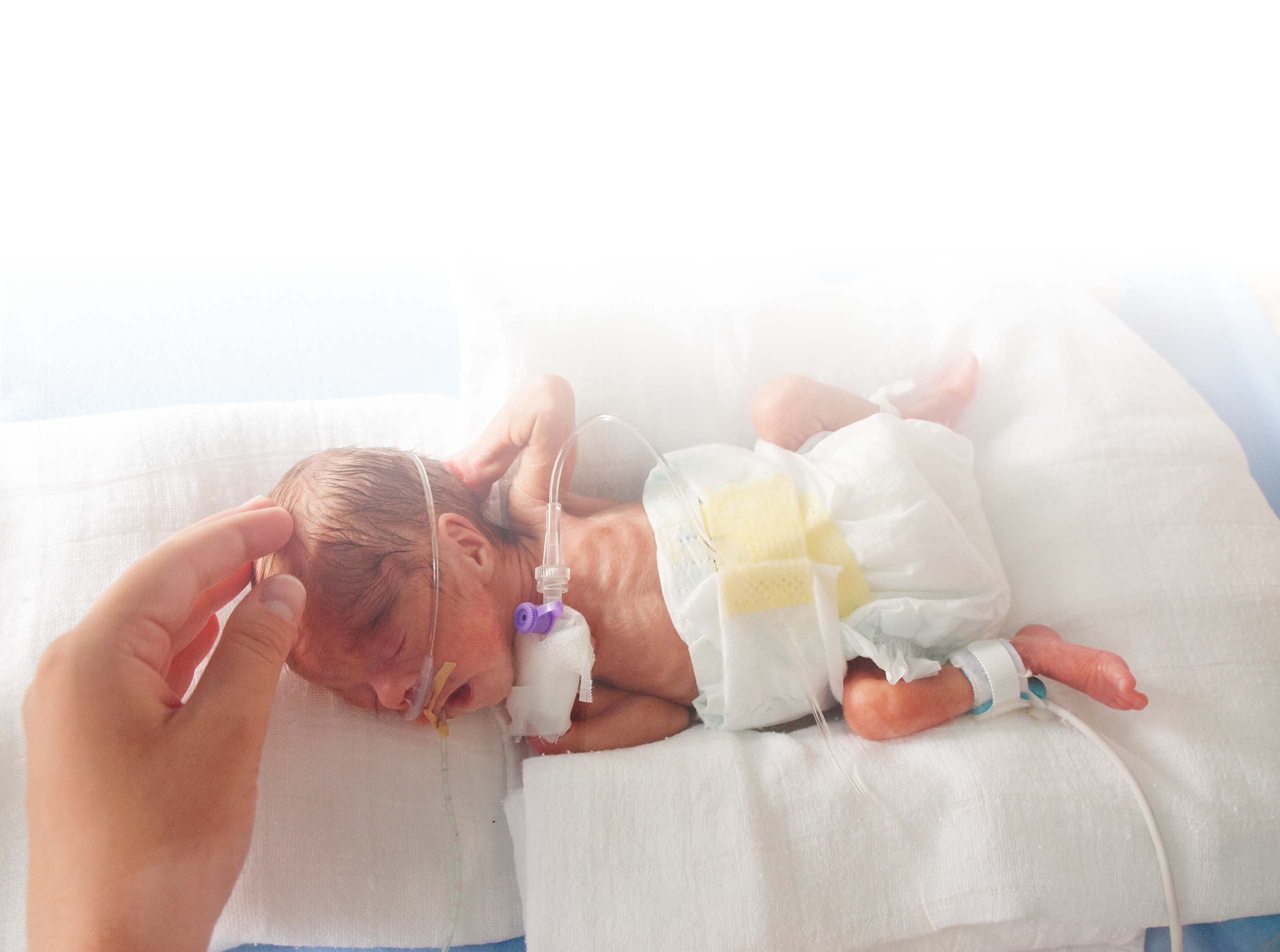MENU
- Whitepaper
CO2 Monitoring in Patients with Ventilation Perfusion Mismatch
This whitepaper explores how ventilation perfusion (V/Q) mismatch may cause inaccuracies in end-tidal CO2 readings, why arterial blood gases are not an ideal solution for many patients, and why transcutaneous CO2 monitoring may be an alternative to consider.
- Whitepaper
Transcutaneous CO2 Monitoring for Earlier Interventions: Case Studies from the Children’s Memorial Hermann PICU
In this whitepaper, PICU specialists from Children’s Memorial Hermann share case studies demonstrating how continuous visibility provided by transcutaneous CO2 monitoring supported their team’s patient care strategies.
- Clinical Pocket Guide
Transcutaneous CO2 Monitoring for Neonates
This clinical pocket guide serves as a comprehensive resource for healthcare professionals, particularly neonatal specialists seeking to harness the potential of transcutaneous CO2 monitoring in the care in the NICU.
- Clinical Pocket Guide
Neonatal CO2 Monitoring Resource Bundle
Hang these posters up in your unit for quick, simple references that make transcutaneous monitoring simple. This bundle offers six print-ready, at-a-glance resources for your team.
- Whitepaper
Balancing Brain & Lung Protection in the NICU with Transcutaneous CO2 Monitoring
This whitepaper explores how clinicians balance protecting the fragile, developing brains and lungs of premature infants in the NICU. This process is a delicate tightrope walk in which CO2 plays a key role.
- Clinical Impact Summary
Intrapulmonary Percussive Ventilation Therapy: Clinical Safety & Effectiveness
The IPV Therapy Clinical Evidence Brochure offers an overview of key clinical studies that highlight the efficacy and safety of intrapulmonary percussive ventilation (IPV) therapy across diverse patient populations. This brochure provides healthcare professionals with an understanding of the clinical utility and benefits of IPV therapy as demonstrated in the available evidence.
- Clinical Impact Summary
Transcutaneous Monitoring in the NICU: Clinical Utility & Impact
Sentec transcutaneous technology overcomes many of the current limitations and challenges associated with CO2 measurement in the NICU by providing accurate, continuous, noninvasive CO2 values regardless of ventilation method or V/Q mismatch.
- Clinical Impact Summary
Transcutaneous Monitoring in the Sleep Lab: Clinical Utility & Impact
Sentec transcutaneous technology overcomes limits of pulse oximetry, arterial blood draws and capnography with continuous CO2 monitoring that combines ease of use and patient comfort, with accurate values regardless of ventilation method or ventilation/perfusion (V/Q) mismatch, and product features designed for sleep care settings.
- Clinical Impact Summary
Transcutaneous Monitoring in the PICU: Clinical Impact & Utility
By overcoming the limitations of end-tidal CO2 and providing better compatibility with all modes of ventilation, transcutaneous CO2 monitoring helps clinicians assess patient condition and the efficacy of treatment and ventilatory support strategies.
- Whitepaper
Clinical Applications of Transcutaneous Monitoring for Children’s Hospitals
Transcutaneous CO2 monitoring (tcPCO2) is considered by many neonatal teams to be standard of care in the NICU for intubated patients – but many children’s hospitals utilize this technology across many more patient types and care settings. This document explores tcPCO2 in clinical settings, demonstrating the impact that this technology can have throughout a children’s hospital.









